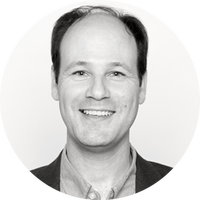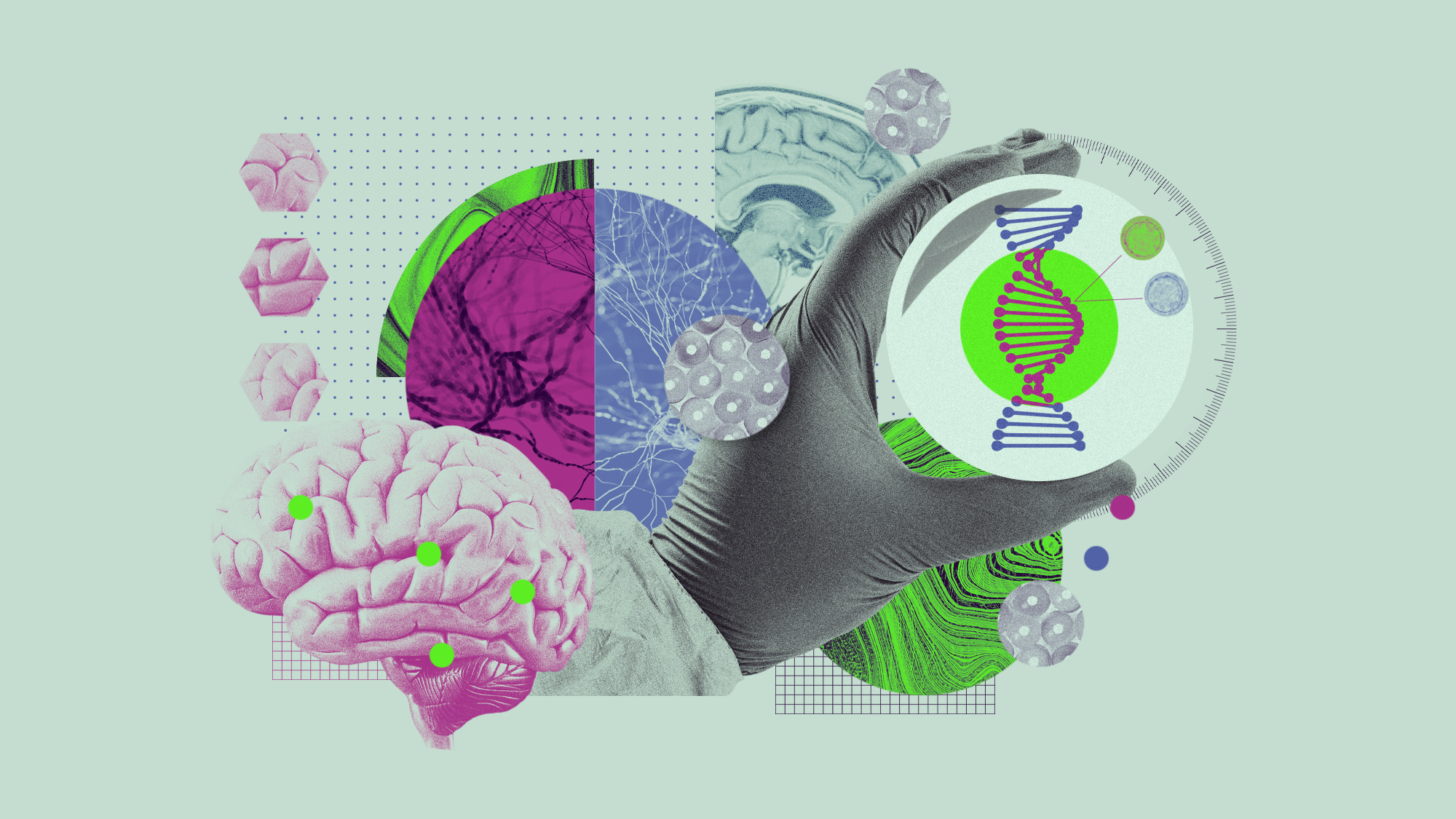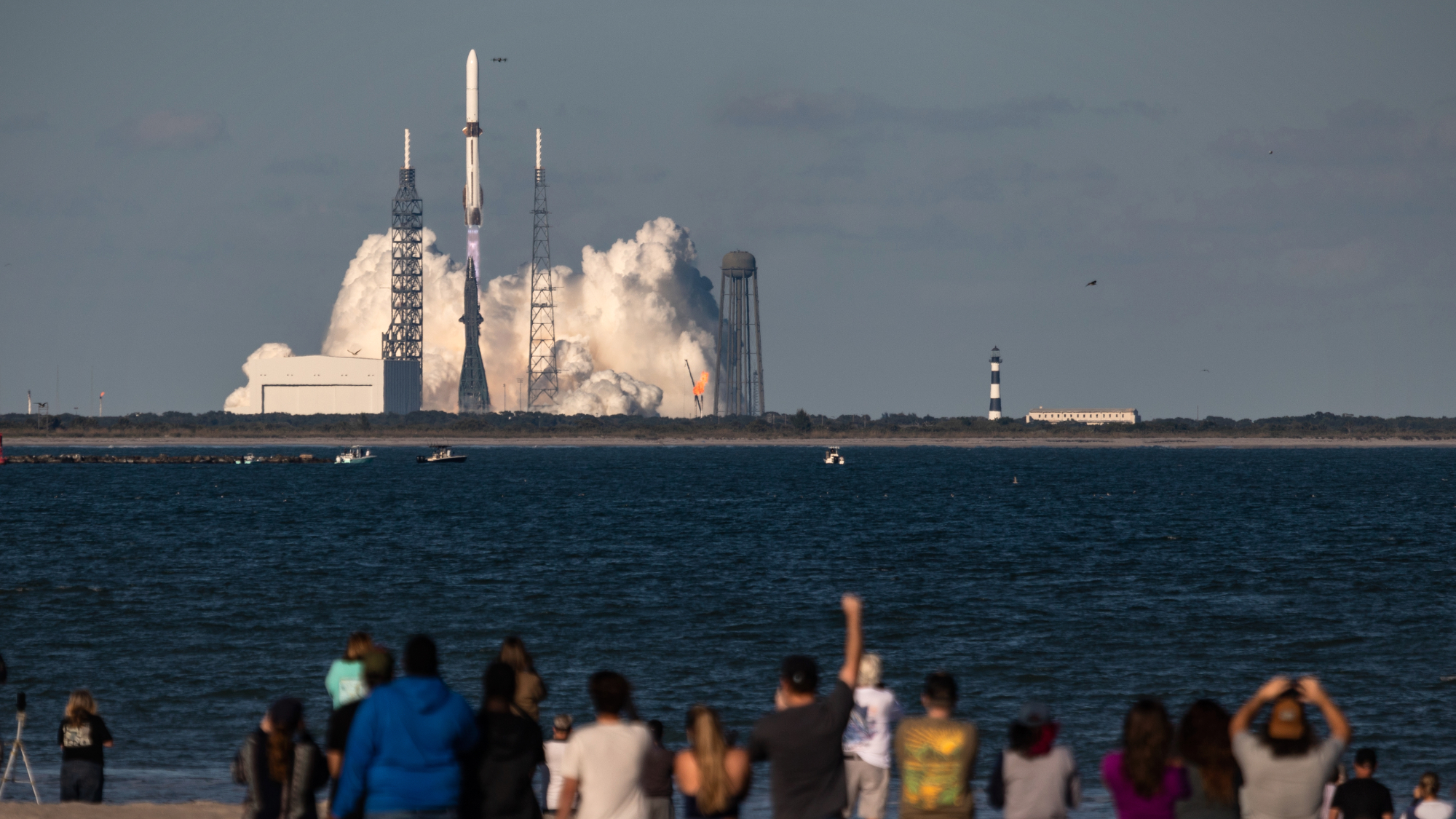Scientists genetically revive extinct 'dire wolves'
A 'de-extinction' company has engineered the species made popular by HBO's 'Game of Thrones'


What happened
Colossal Biosciences, the "de-extinction" company that gained prominence seeking to revive the woolly mammoth, said Monday it had genetically engineered three dire wolves — or at least wolf pups with many traits of the extinct species. Dire wolves, popularized in "Game of Thrones" and other fantasy media, ran wild in North America until they went extinct about 13,000 years ago.
Who said what
The three pups — Romulus, Remus and Khaleesi — were created by modifying 20 genes of the gray wolf, the dire wolf's closest living relative, based on DNA extracted from a dire wolf tooth and skull. The modified DNA was transferred to a domestic dog egg cell then implanted in surrogate dog mothers who gave birth to the pups.
Colossal said the pups have thick white fur and are 20% bigger than gray wolves their age, among other differences. The company called the project the world's first successful de-extinction effort, but these aren't full dire wolves and won't live and hunt like their extinct ancestors. "They are essentially living the Ritz Carlton lifestyle of a wolf," said Colossal chief scientist Beth Shapiro. With extinct species, University of Buffalo biologist Vincent Lynch told The Associated Press, "all you can do now is make something look superficially like something else."
The Week
Escape your echo chamber. Get the facts behind the news, plus analysis from multiple perspectives.

Sign up for The Week's Free Newsletters
From our morning news briefing to a weekly Good News Newsletter, get the best of The Week delivered directly to your inbox.
From our morning news briefing to a weekly Good News Newsletter, get the best of The Week delivered directly to your inbox.
What next?
Colossal plans to create more dire wolves to study how they act in packs, and observe the three pups to see how big they get and how they change with age. "I'm fascinated to see what happens," Shapiro told The New York Times.
A free daily email with the biggest news stories of the day – and the best features from TheWeek.com
Peter has worked as a news and culture writer and editor at The Week since the site's launch in 2008. He covers politics, world affairs, religion and cultural currents. His journalism career began as a copy editor at a financial newswire and has included editorial positions at The New York Times Magazine, Facts on File, and Oregon State University.
-
 Will the mystery of MH370 be solved?
Will the mystery of MH370 be solved?Today’s Big Question New search with underwater drones could finally locate wreckage of doomed airliner
-
 The biggest astronomy stories of 2025
The biggest astronomy stories of 2025In the spotlight From moons, to comets, to pop stars in orbit
-
 Why are micro-resolutions more likely to stick?
Why are micro-resolutions more likely to stick?In the Spotlight These smaller, achievable goals could be the key to building lasting habits
-
 5 recent breakthroughs in biology
5 recent breakthroughs in biologyIn depth From ancient bacteria, to modern cures, to future research
-
 Blue Origin launches Mars probes in NASA debut
Blue Origin launches Mars probes in NASA debutSpeed Read The New Glenn rocket is carrying small twin spacecraft toward Mars as part of NASA’s Escapade mission
-
 ‘The Big Crunch’: why science is divided over the future of the universe
‘The Big Crunch’: why science is divided over the future of the universeThe Explainer New study upends the prevailing theory about dark matter and says it is weakening
-
 Dinosaurs were thriving before asteroid, study finds
Dinosaurs were thriving before asteroid, study findsSpeed Read The dinosaurs would not have gone extinct if not for the asteroid
-
 The moon is rusting
The moon is rustingUnder the radar The Earth is likely to blame
-
 Africa could become the next frontier for space programs
Africa could become the next frontier for space programsThe Explainer China and the US are both working on space applications for Africa
-
 NASA reveals ‘clearest sign of life’ on Mars yet
NASA reveals ‘clearest sign of life’ on Mars yetSpeed Read The evidence came in the form of a rock sample collected on the planet
-
 Parthenogenesis: the miracle of 'virgin births' in the animal kingdom
Parthenogenesis: the miracle of 'virgin births' in the animal kingdomThe Explainer Asexual reproduction, in which females reproduce without males by cloning themselves, has been documented in multiple species
